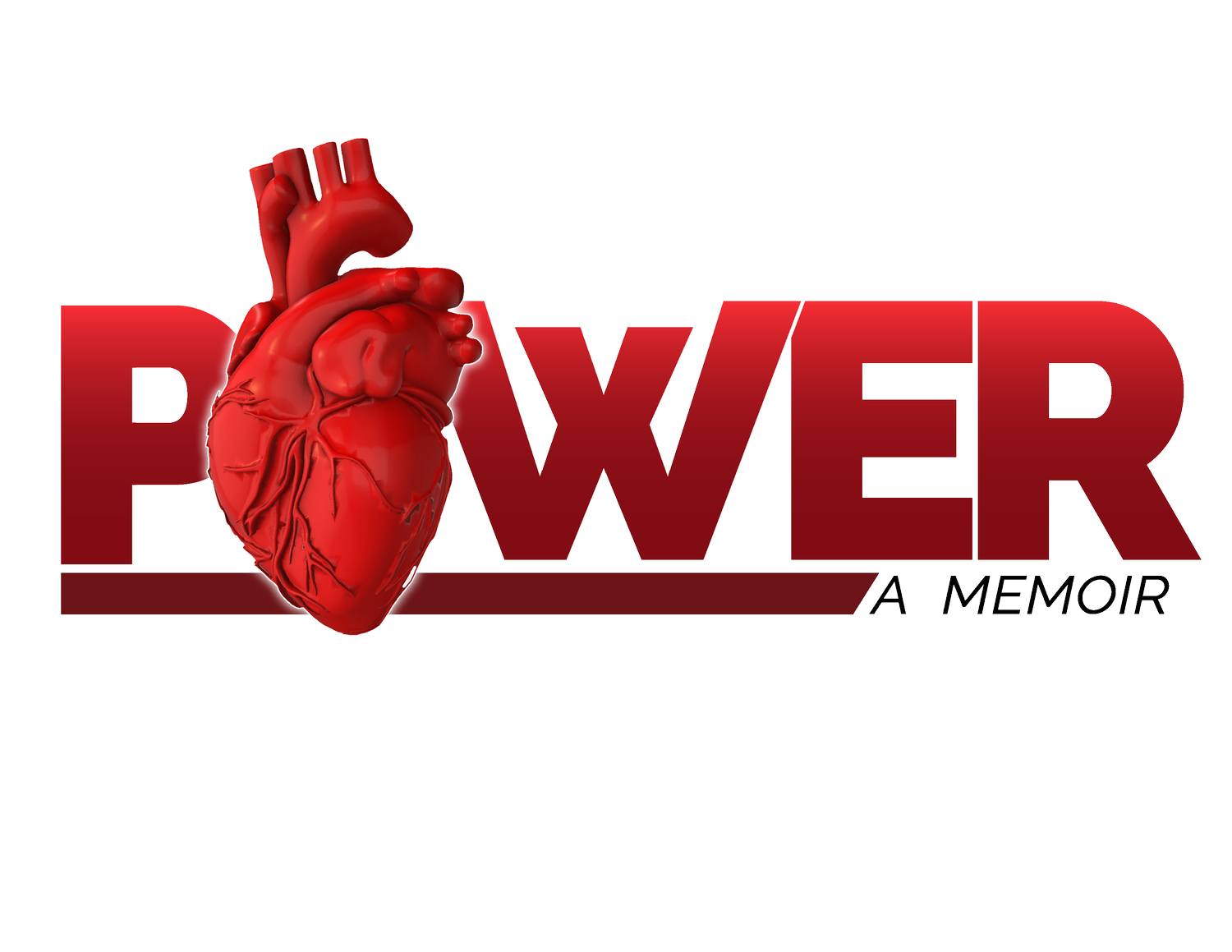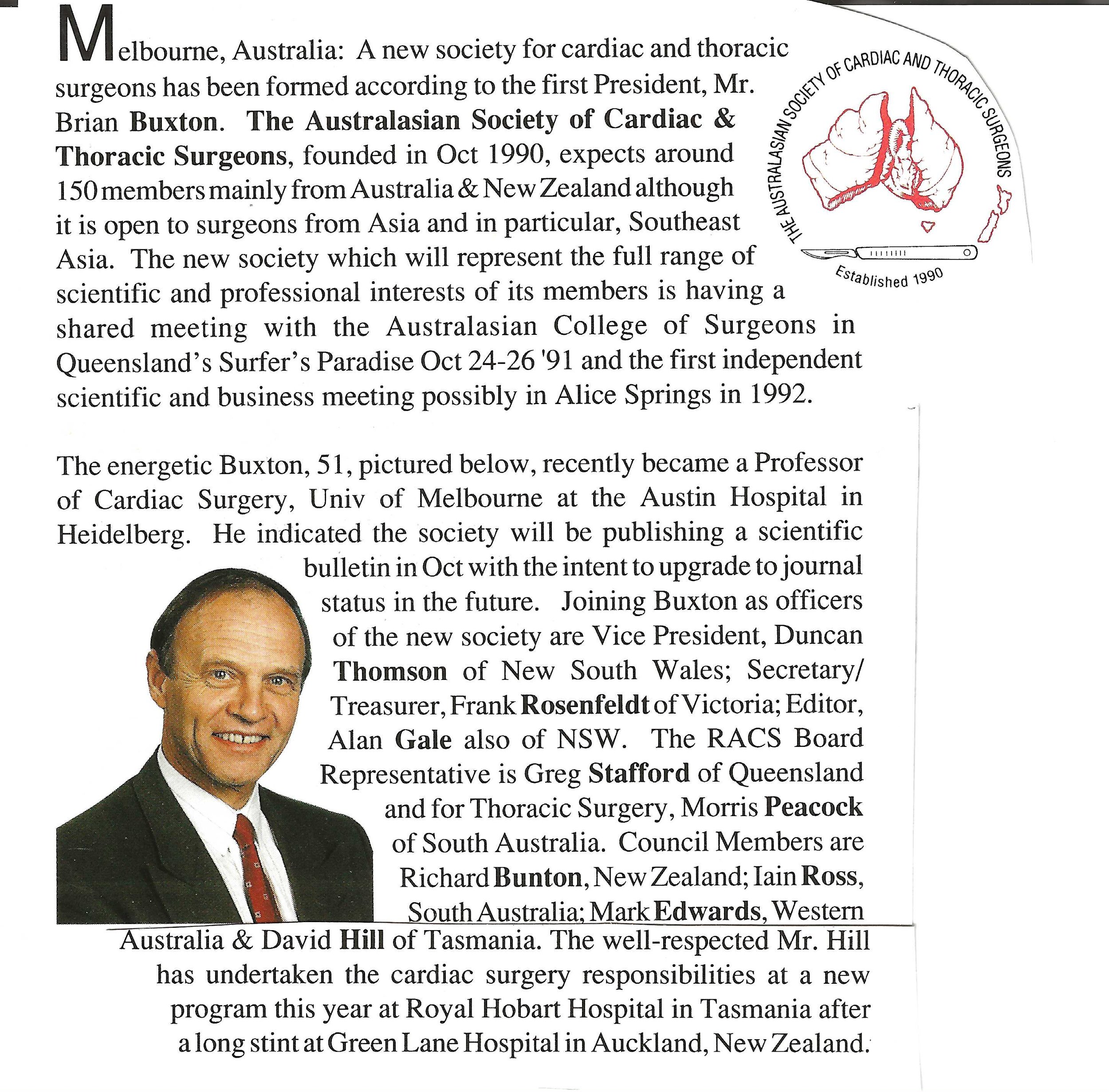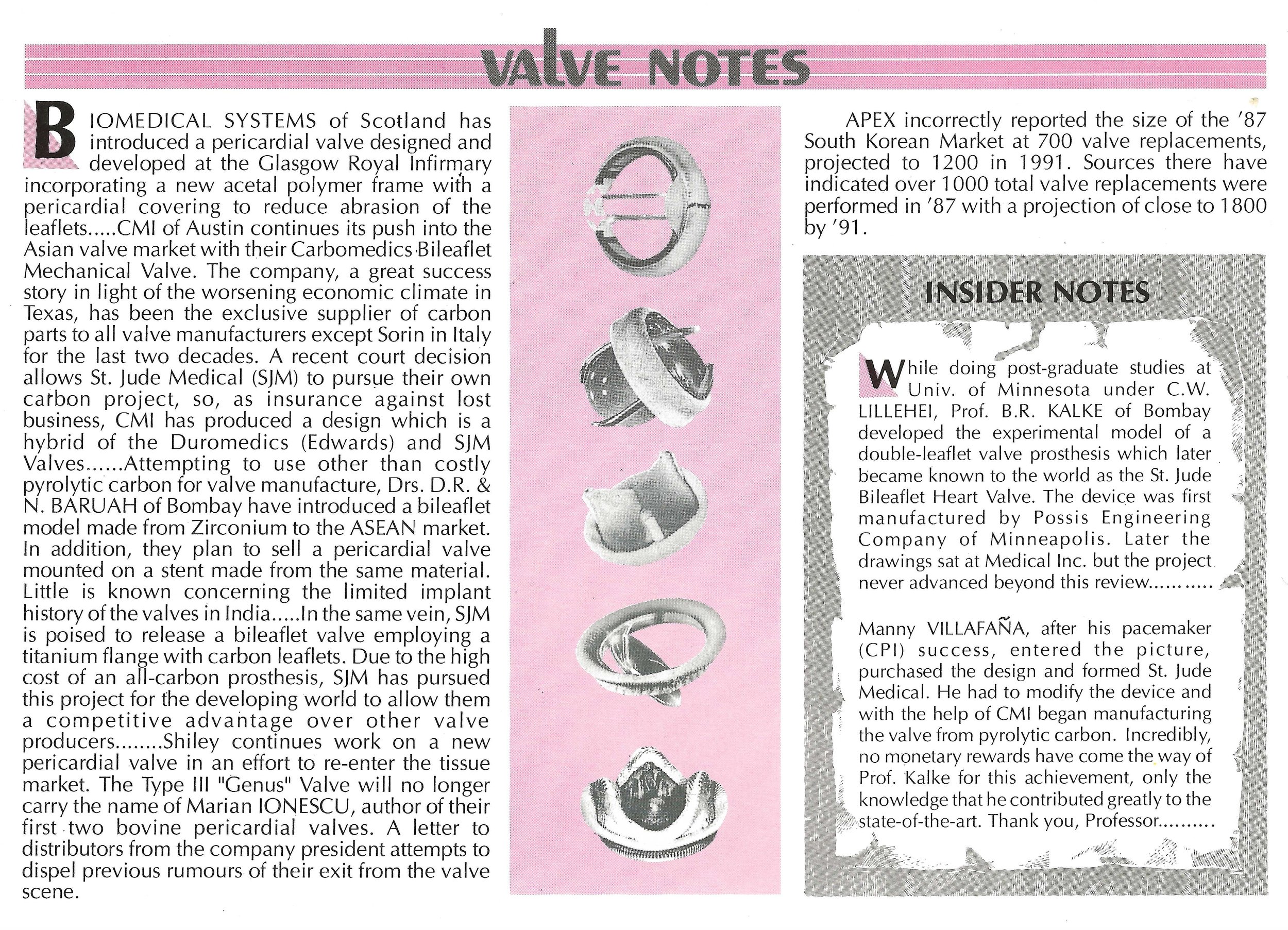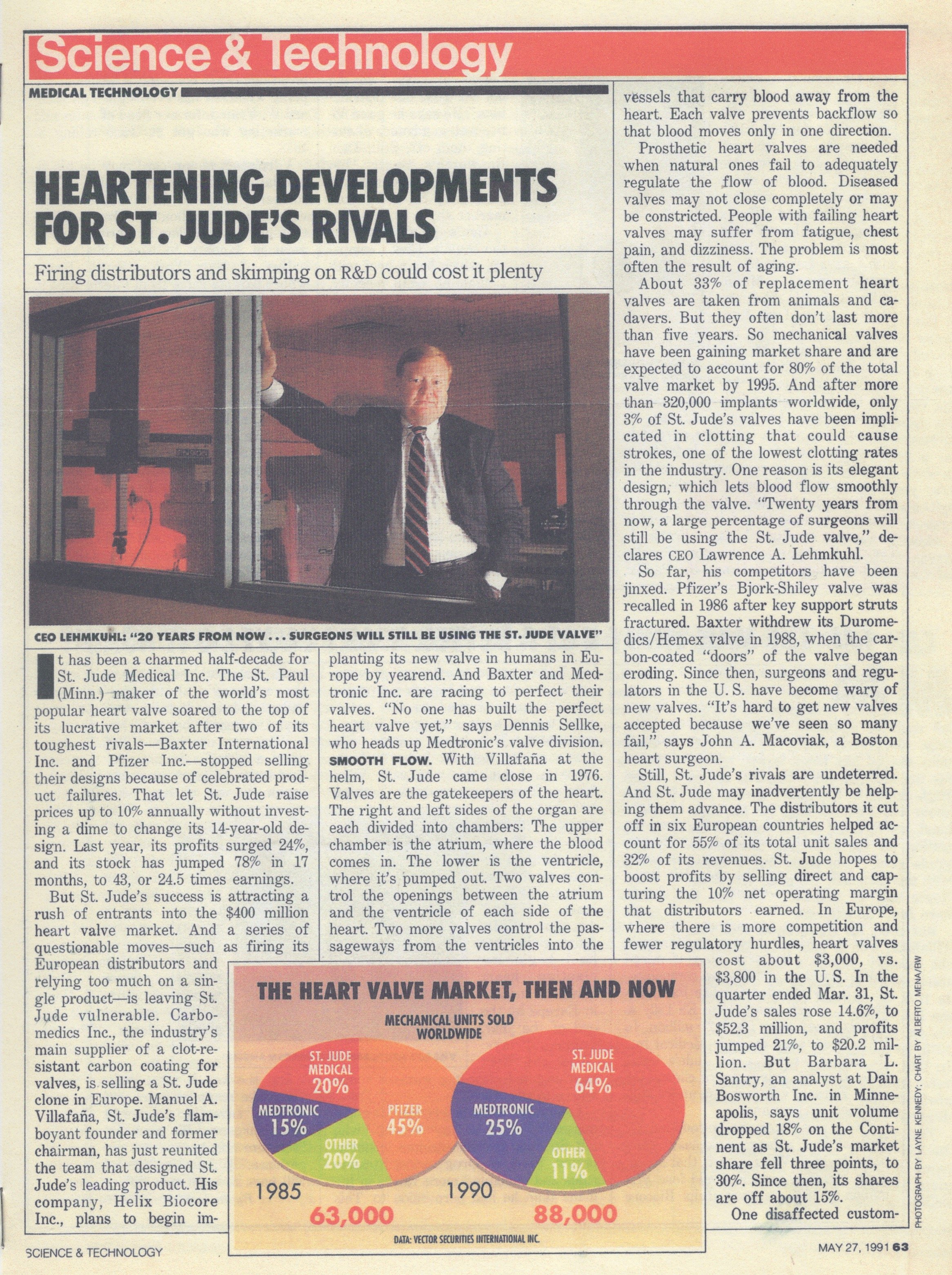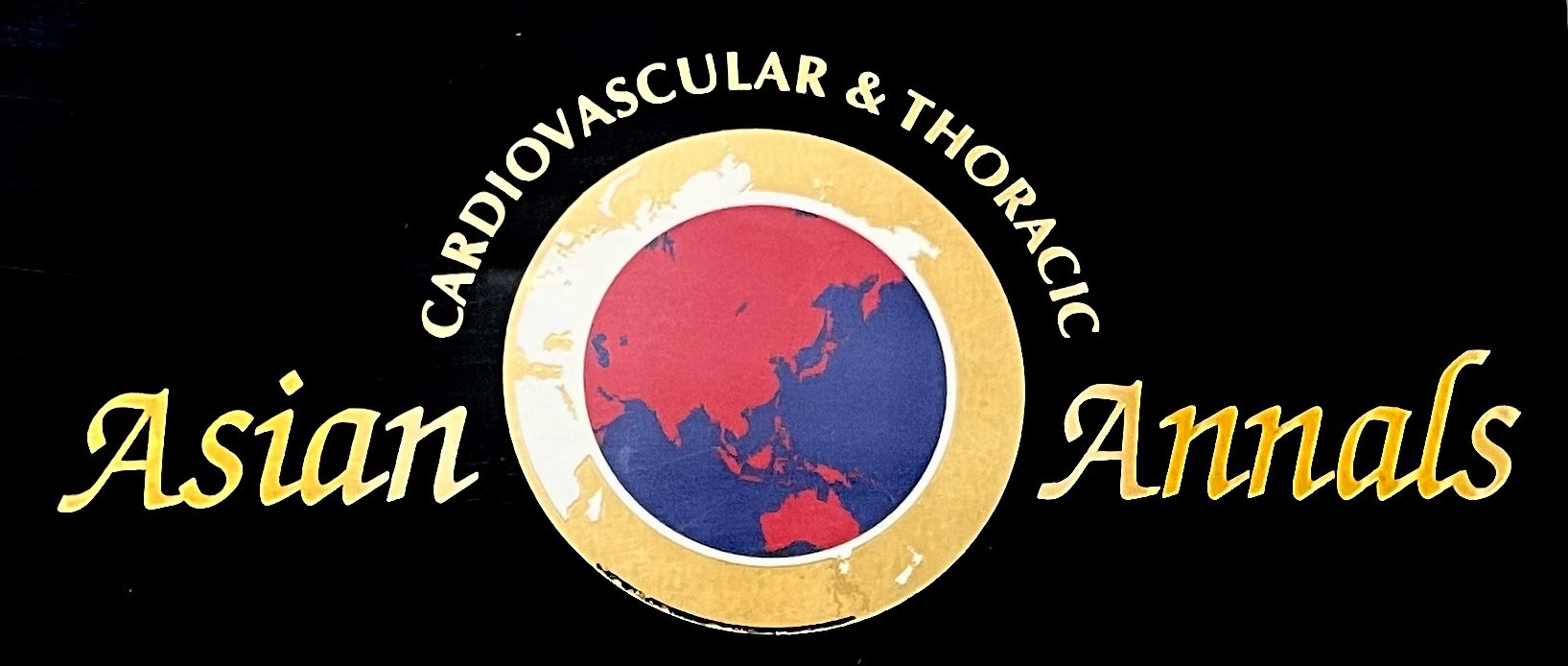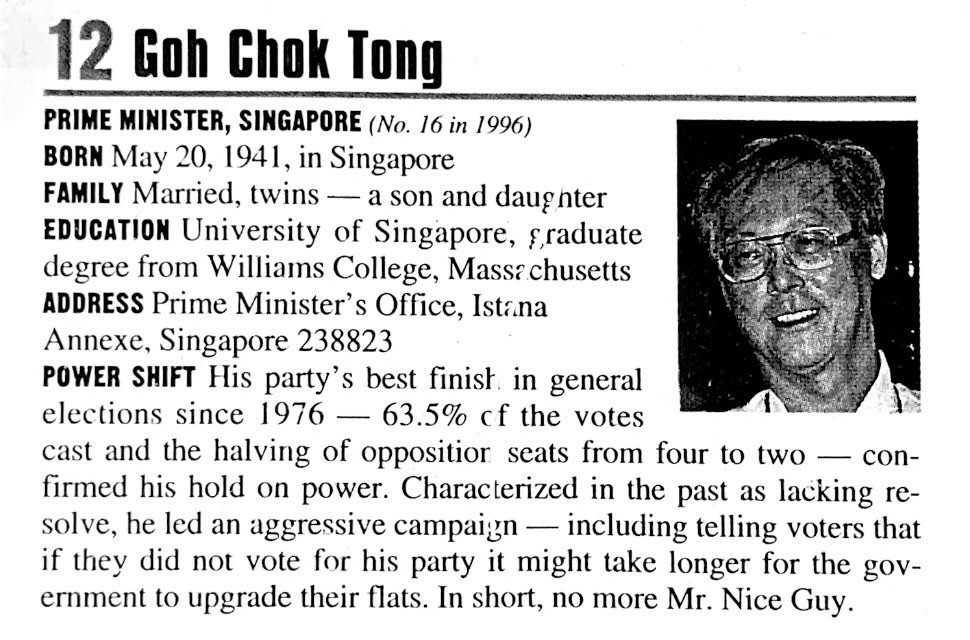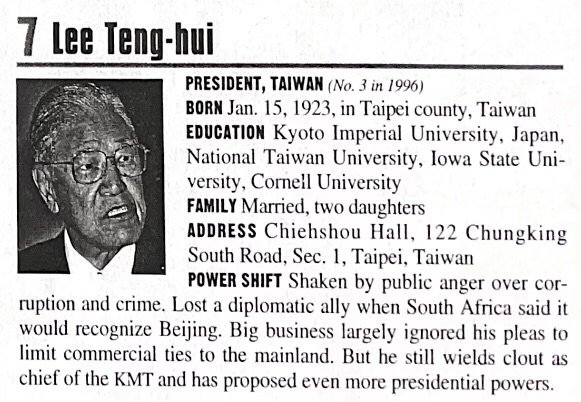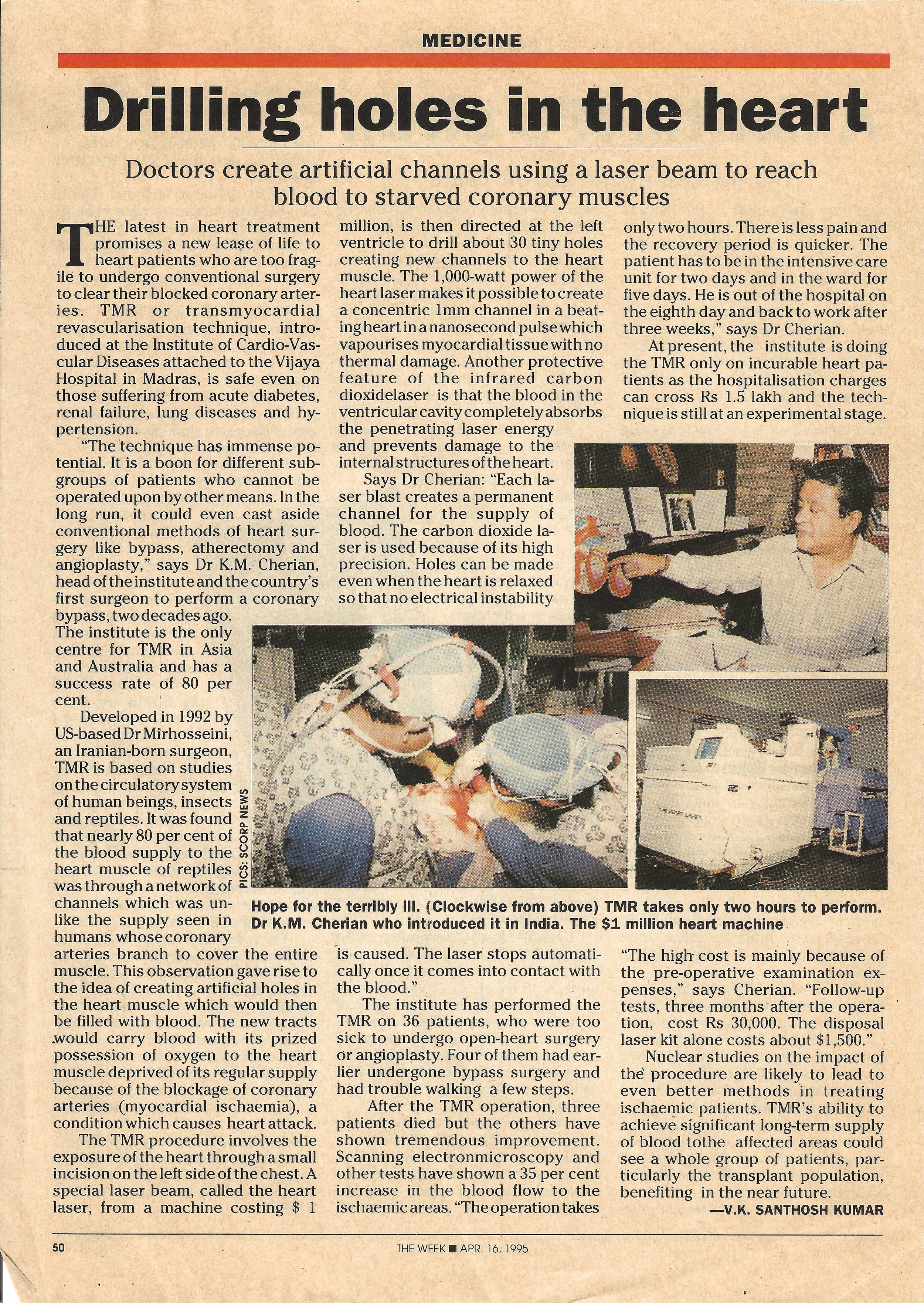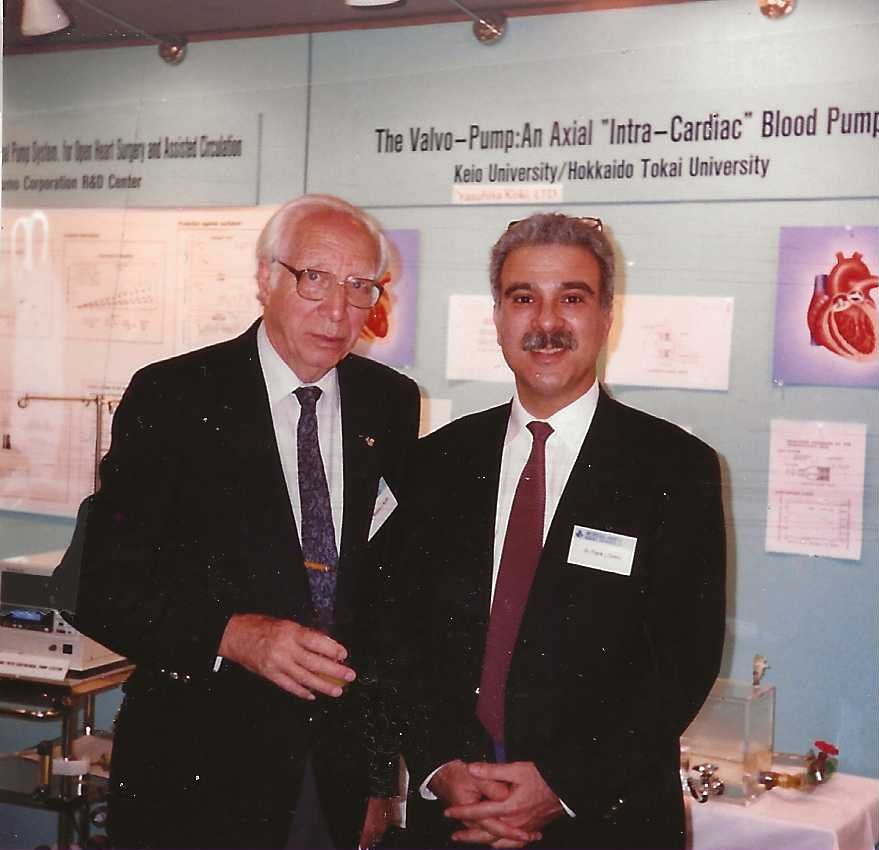
New Findings
A mix of news reports, editorials, Scientific Achievement awards, Heart Valve reviews, tributes to surgeons & profiles of Asian government leaders.
Brian Fowell Buxton
15 April 1940 - 20 May 2022
Internationally acclaimed heart surgeon and highly respected leader in the Australasian Cardiac Surgery community, Prof. Brian Buxton passed away at age 82 in May in Melbourne.
Buxton was known to pioneer Mutli-Arterial Grafting (MAG) in cardiac surgery, and was instrumental in launching the RAPCO (Radial Artery Patency & Clinical Outcomes) trials. In addition to having trained cardiac surgeons from Australia and Asia, particularly those from Indonesia and Japan, he operated extensively in the region. He later became President of the Association of Thoracic and Cardiovascular Surgeons of Asia in 1997.
A diligent student, Buxton trained at the Royal Melbourne Hospital and the Western Infirmary in Glasgow before having an extended Fellowship in Cardiovascular Surgery at the Texas Heart Institute under the tutelage of the renowned Dr. Denton Cooley. It was clear to those who knew Brian that experience in Texas magnified his interest in and commitment to cardiac surgery.
He served as the inaugural President of the Australia & New Zealand Society of Cardiothoracic Surgeons in 1991 and was instrumental in the establishment of a Cardiac Surgery Registry which grew to become the Adult Cardiac Surgery Database in these same countries. In 2004, he was made a member of the Order of Australia and was honored with the rarely bestowed “Excellence in Surgery” award by the Royal Australasian College of Surgeons.
A delightful, charismatic man to befriend, his reputation for clinical achievement and academic excellence is unchallenged.
Rest In Peace Brian.
Frank Tamru
Tributes to Prof. Brian Fowell Buxton
“A reliable and faithful surgeon who spent quite a bit of time with us in Houston, Brian had a great deal of integrity. I saw him as technically way ahead of his peers.”
- Dr. O. H. “Bud” Frazier, Texas Heart Institute
"Brian's superb technical skills had a strong influence on my decision to go into cardiac surgery. I'll never forget a case where one of the general surgeons at the Royal Melbourne when I was training in General Surgery tore the cava resulting in torrential bleeding. Brian was called in and in less than a minute had everything under control. He did not break a sweat!"
-Dr. Richard Jonas, Children’s National Heart Institute, Washington, D.C
Brian’s magnum opus will be permanently etched in the annals of Australian cardiovascular surgery as a teacher, technician, and early innovator in CABG surgery. And, one delightful man to befriend. Rest In Peace BB.
This report appeared in APEX after my interview with Dr. Buxton prior to a meeting in Queensland’s Surfer’s Paradise in 1991.
Posted earlier on my LinkedIn page after learning of Brian’s death in Melbourne, Australia on 5/20/22.
Published in the APEX (Asia Pacific EXchange) Newsletter, Volume 3, No. 2, Spring of 1988..
Another New Finding thanks to the APEX Newsletter…
Considering the critical importance of heart valves in the Power story, this excerpt from APEX Newsletter of 1988 updated readers at the time on the status of various mechanical and tissue valves available. Insider Notes gives credit where credit is long over due.
When joining Shiley in 1976 these are some of the valves I quickly became familiar with as part of my sales training. The Björk Shiley Delrin valve & later the Convexo-Concave models, were the ones I represented. Thanks to Roberto Caudillo formerly of CarboMedics for these heart valve photos below.
Starr Edwards 1964
DeBakey-Surgitool 1969
Björk-Shiley Delrin 1969
Medtronic-Hall 1977
Cooley-Cutter 1973
Lillehei-Kaster 1970
Gott-Daggett 1963
Björk-Shiley 1975
St. Jude 1977
Competition in the early 1990’s among manufacturers of heart valves increased significantly with removal from the market of Pfizer’s Björk Shiley and Baxter’s Duromedics (Hemex) mechanical valves. Unexpectedly, the power of these two companies was greatly diminished at the time. St. Jude Medical, the clear market leader with an advanced bi-leaflet design, faced a challenge from CarboMedics, its supplier of material for the valve. “Carbo” was the company that introduced pyrolytic carbon as the material of choice in valve construction. The “Battle of the Bi-leaflets” had only just begun with Jack Bokros, founder of CarboMedics waiting in the wings with a new company (Medical Carbon Research Institute) and his own model, the On-X valve…
A focus on the heart valve industry, May 1991...
In Memoriam: Dr. David Johnson (1938 - 2022)
I discovered a death notice for Dr. David Charles Johnson, an Australian cardiothoracic surgeon, that appeared in the Sydney Morning Herald in February 2022. No further details were available motivating me to search CTSNet’s website to see if news of his death was acknowledged. Unaware of Dr. Johnson’s passing, CTSNet invited me to write an “In Memoriam” after noting my friendship with him. We first met in 1981 while I lived and worked in Australia as a representative for Shiley, a leading heart valve manufacturer at the time.
The start of CTSNet.
A call for unity editorial Dr. Thomas Ferguson, 1996, followed by Dr. Robert Replogle’s view on Globalization, 1997, leading to the formation of CTSNet, connecting the global cardiothoracic community. Lastly a letter from Dr. Thomas Pezzella on the value of Globalization, 1998.
Established in 1994, The Scientific Achievement Awards presented by the AATS, serve to honor individuals who have achieved scientific contributions in the field of thoracic surgery worthy of the highest recognition the Association can bestow.
1994 John Kirklin
1998 Norman Shumway
1999 Michael DeBakey
2000 Denton Cooley
2005 Alain Carpentier
2007 Gerald Buckberg
2008 Andrew Wechsler
2010 Richard Weisel
2011 Marc de Leval
2013 Eugene Blackstone
2015 James Cox
2016 Tirone David
2017 Sir Magdi Yacoub
2019 Craig Miller
2020 Randolph Chitwood
2021 O. Howard Frazier
Asia Week December 1997 Power 50 Profiles…
Pictured are four of Asia’s most powerful leaders who impacted the growth of cardiac surgery in Asia. Not shown are Ferdinand and of course his wife Imelda Marcos of The Philippines and Lee Hsien Loong (Son of Singapore’s founding father, Lee Kwan Yew). I met all except Mr. Marcos who was indisposed in 1985 when Imelda hosted a party at Malacañang Palace during a cardiac surgery conference I attended in 1985 with my wife Jackie.
TMR Comes to Asia, April 1995…
Heart surgeons throughout the Far East found a new tool for treating patients with ischemic heart disease in the mid 1990’s. Called TMR or Transmyocardial Revascularization, this innovative technique helped improve the lives of thousands of patients suffering from end stage coronary disease. Other lasers were tried to achieve the same results, but the Heart Laser’s® use of a powerful carbon dioxide beam seemed to be the most effective technology at the time. Dr. K.M. Cherian, a true pioneer in the development of heart surgery in India, was impressed with the precision and clinical results of the TMR procedure for patients too sick to undergo open heart surgery or angioplasty. Despite early optimism in the cardiac community and extended use of various types of lasers first by surgeons and then cardiologists, TMR’s effectiveness did not last long term and its use diminished over time. Published in The Week, April 16, 1995…
Willem “Pim” Kolff, Father of Artificial Organs...
An early pioneer in the field of hemodialysis and artificial heart development Prof. Kolff was a remarkable scientific researcher. Imbued with the power of persistence, this dedicated visionary began working at the Cleveland Clinic in 1950. APEX first met with Kolff and his son Jack Kolff in 1986 when reporting on developments with the Jarvik-7 artificial heart. Surely no better, awe-inspiring father-son team of researchers in the field of heart assist devices at the time, could be found…
